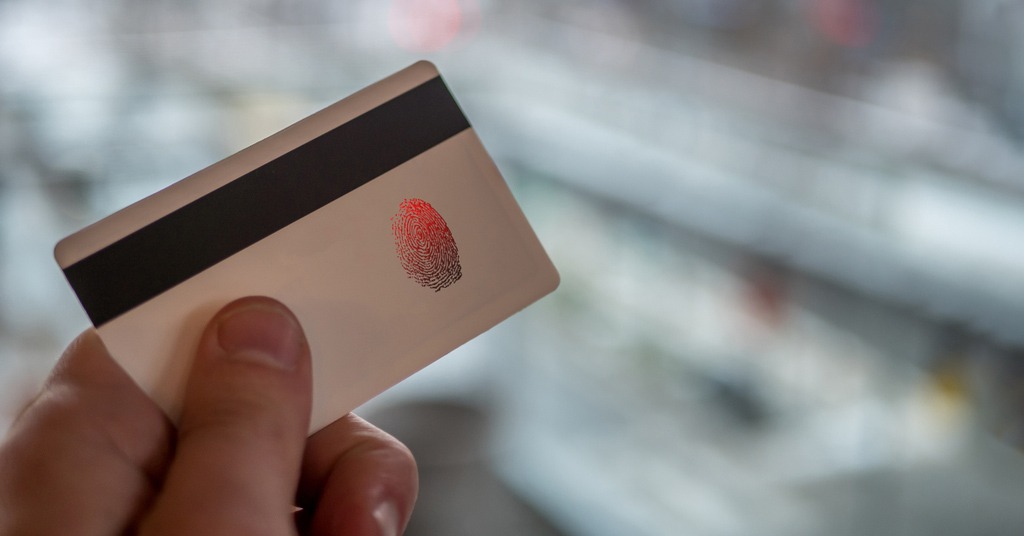ABI Research forecasts that contactless issuance in the United States and India combined will grow from 200 million in 2019 to 609 million in 2023

Metal & biometric payment cards gain momentum. Source: shutterstock.com
In the wake of softening growth in other primary smart card areas, most notably SIM cards, payment card issuance continues its upward growth trajectory. Despite near ubiquitous global uptake of the EMV standard, several factors are stimulating the payment cards market such as new banking clients, increasing wealth in developing areas, and contactless migration. Other factors include new innovations in card form factors, such as metal cards, and powered payment cards that incorporate biometric sensor technology. The net effect is driving EMV payment card issuance from 3.18 billion in 2019 to over 3.75 billion by 2023, according to ABI Research.
Interestingly, between 2017 and 2018, there was a significant slowdown in contactless migration, driven by stagnation in the key contactless market, China. However, other regional markets are set to reverse the decline in 2019.
For the United States, the “Chase effect” (referring to other issuers following Chase’s lead in contactless migration) is now in full swing. This momentum is expected to continue, with U.S. issuers likely adopting a targeted migration approach by selecting parts of their respective portfolios for contactless migration and/or adopting a regional approach heavily linked to cities. For instance, in New York, contactless card marketing is being timed with transit system migration accepting open-loop payment credentials.
ABI Research forecasts that contactless issuance in the United States and India combined will grow from 200 million in 2019 to 609 million in 2023. Leading ecosystem players including Gemalto, IDEMIA, G+D, CompoSecure, Fingerprint Cards, IDEX, Kona, Linxens, NXP, Infineon, STMicro, Precise Biometrics, and Next Biometrics already have solutions and products in place to take advantage of this next-generation revenue/margin opportunity.
Metal cards and biometric payment cards continue to gain momentum. Metal cards are already shipping in the millions within the U.S and the Middle East. The announcement by Fingerprint Cards’ in March 2019 for its first large-scale order of a few hundred thousand flexible sensors is another sign supporting continued biometric card growth. “Form factor innovation is just one example of card supplier strategies pivoting from market share maintenance/growth towards the supply of high- value cards to help improve otherwise declining margins,” Sealy concluded.
SEE ALSO: Cashless economy: pros & cons









